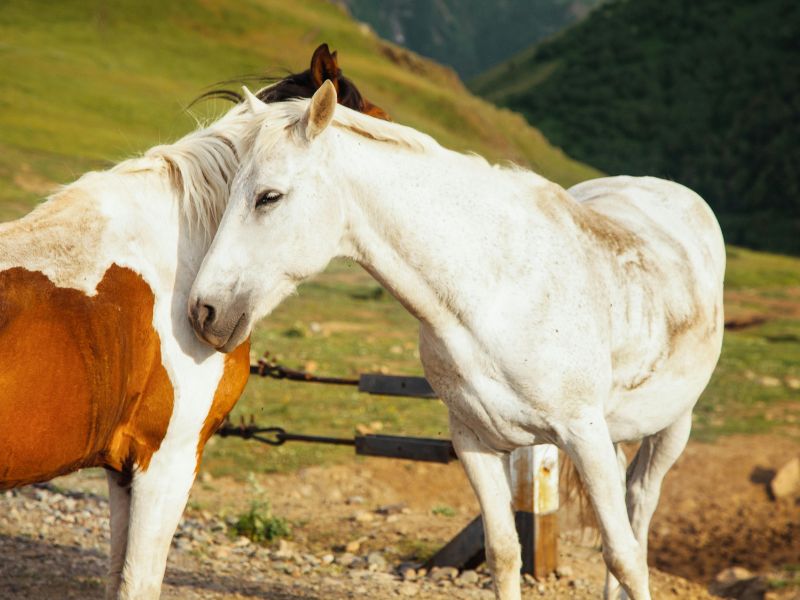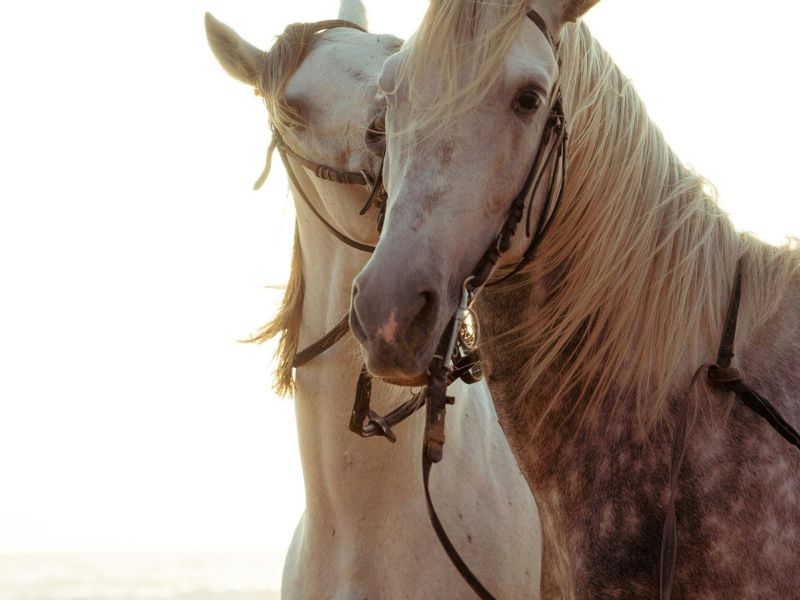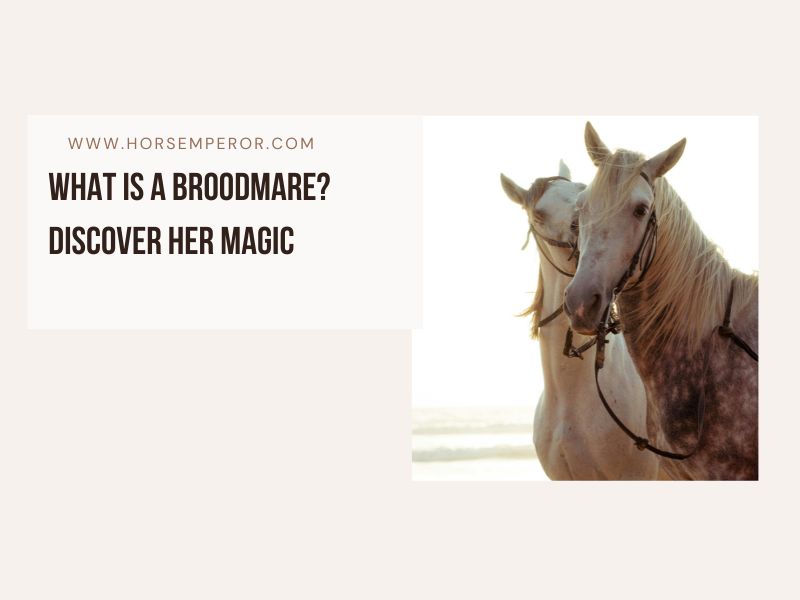Breedmares are considered the cornerstone of every successful breeding program. Because without broodmares, there is no next generation.
Many people wonder what is a broodmare. A broodmare is a female horse whose role is to produce high-quality offspring. It is primarily kept for breeding programs.
In this article, you’ll learn the definition, how to select the best broodmare, her lifecycle, costs, and answers to common questions breeders often ask.
What Is a Broodmare?
A broodmare is a female horse primarily used for breeding. Many owners select a mare which is retired from racing or shows due to age or injury issues. While any female horse can give birth, then why are all mares not considered broodmares?
Unlike a general mare or dam, the broodmare often comes from proven bloodlines and a track record of performance. The sound conformation, structure, and reproductive traits of broodmares make them best for breeding programs.
Historical & Breed Context
Historically, the bloodlines of broodmares come from many respected breeds like Thoroughbred and Arabian. These breeds are known for their amazing pedigree, genetic health, and consistent performance. So it is very important to select high-quality broodmares for successful lineages.

So, pedigree and bloodlines are vital for breeding decisions. Using a mare from a prestigious line can increase the chances of producing exceptional foals.
Key Traits of a Quality Broodmare
- Genetics & Pedigree. You should look for a broodmare with a strong pedigree and genetic foundation because it improves the foal’s behavior, health, and athletic ability. Using genetic testing for selecting a broodmare can determine reproductive compatibility and risk factors.
- Physical Conformation. The broodmare needs to have a strong body. It should have strong legs, a balanced back, and healthy reproductive organs. To check the physical standards of a broodmare, you can use diagrams and veterinary exams.
- Temperament & Maternal Behavior. For a broodmare, having a calm, gentle, and nurturing nature is very important. Because the personality, instincts, and ability to bond affect the foal’s future behavior and training. These maternal qualities are necessary for the safety and well-being of both mare and foal.
- Health & Fertility. Fertility matters the most for successful breeding. Many vets perform tests like uterine culture or biopsy to check reproductive health. A healthy broodmare can easily conceive, carry, and recover well after foaling.
Age Timeline & Reproductive Lifecycle
It takes three to five years for a broodmare to start breeding, but some breeders wait until seven years. Because the choices depend on individual goals, development, and health.
Depending on the physical condition, once the mare enters its reproductive years, it can breed until old age.
Expected Offspring Output
On average, a broodmare can give birth to eight to twelve foals over her lifetime. But it heavily depends on factors like management, efficiency, and health.

A mare can have a foal every year, but it can increase health issues and reduce reproductive efficiency. So it is important to give recovery time to the mare.
Cycle of Breeding & Management
- Estrus & Breeding Season. Keeping an eye on the estrus cycle is vital because knowing your mare’s cycle ensures timely and safe conception. Some owners follow the natural breeding process, while others prefer AI or Live Cover for breeding.
- Pregnancy Monitoring. The pregnancy of mares usually lasts around 340 to 345 days. To keep the mare and foal healthy, regular vet visits, ultrasound, and nutrition adjustment are necessary.
- Foaling & Postpartum Protocols. When the mare is near foaling, signs like restlessness and udder changes start appearing. So having regular veterinary checkups can ensure safe delivery and bonding.
- Weaning & Breeding Back. While nursing, some mares are bred back, but this process needs careful consideration. You also need to be aware of ethical, physical, and emotional implications.
Costs Breakdown
Before owning a broodmare, you need to be aware of expenses like feed, boarding, vet visits, breeding, and farrier. Hidden costs like insurance, downtime, and emergencies can also increase expenses.
But choosing a high-quality broodmare with proven performance and pedigree can offset costs through valuable offspring.
Health Risks & Best Practices
As an owner, you also need to understand the health risks involved in the process. Broodmares can have health issues like dystocia, infections, and retained placenta.
So that's why routine care, hygiene, and regular check-ups can help in reducing these issues.
Conclusion
The process of finding the right broodmare is more than just picking a female horse. You need to know everything about the genetics, temperament, and care of a broodmare.
So, knowing about your broodmare can help in achieving high-quality foals. It also helps in maintaining the health, well-being, and value of your mare.
So whether you own a broodmare, or are thinking about having one, knowing the needs and genetics of broodmares can help you in achieving your goal and giving the best care to your mare.
FAQs
- Can broodmares be ridden during pregnancy?
- Yes, but it depends on training, stage, and health. Avoid riding in late pregnancy to prevent injury.
- How long is equine gestation?
- About 11 to 12 months, or roughly 340 to 345 days, though it may vary from 320 to over 370 days depending on breed, health, and environment.
- Can they get pregnant while nursing?
- Yes, but the mare may be taxed. This practice, called bred back, needs careful vet monitoring.
- What affects broodmare value?
- Factors include pedigree, performance, previous offspring, age, fertility, and credentials. Prices range from thousands to hundreds of thousands of dollars.
- When should breeding stop?
- When the mare's health, efficiency, or physical condition declines, it’s best to retire her.
